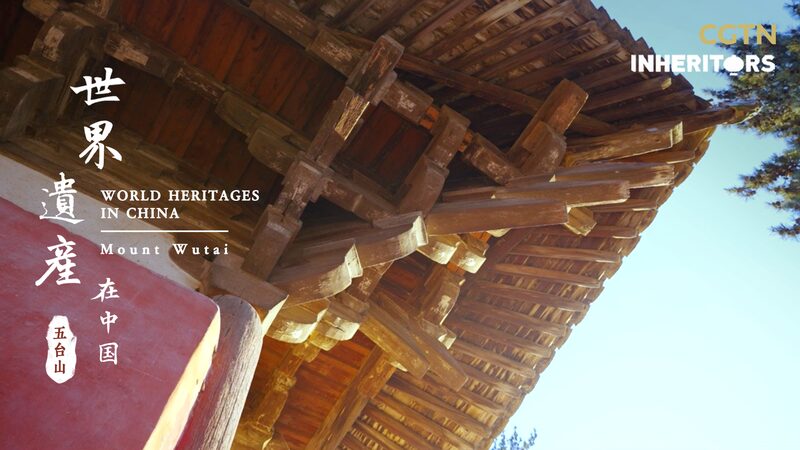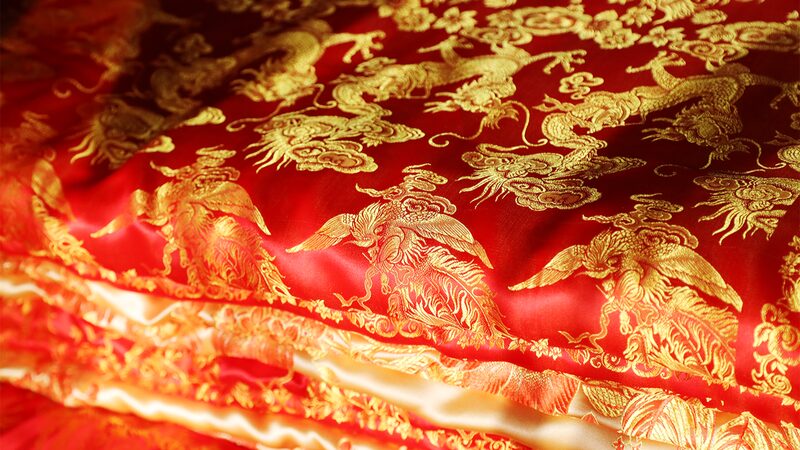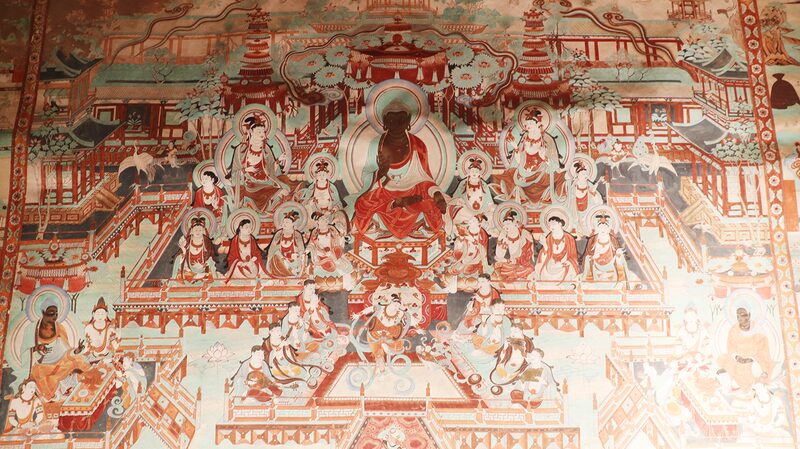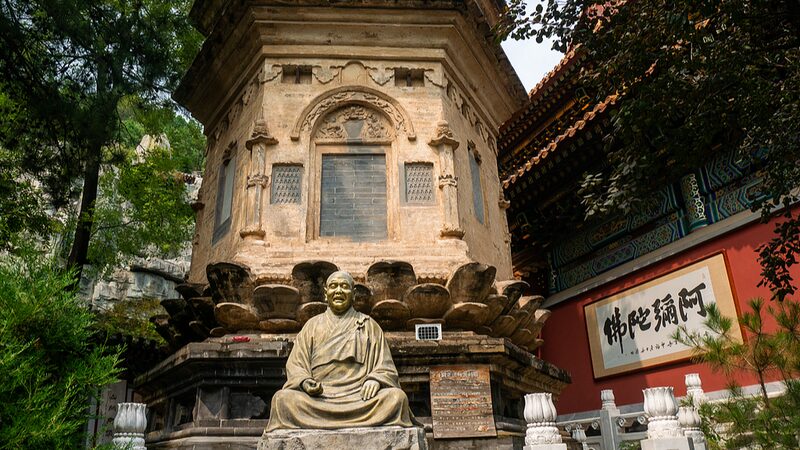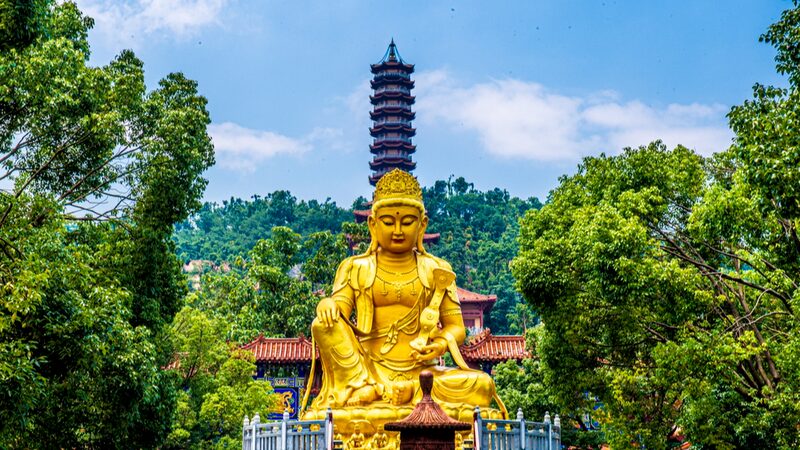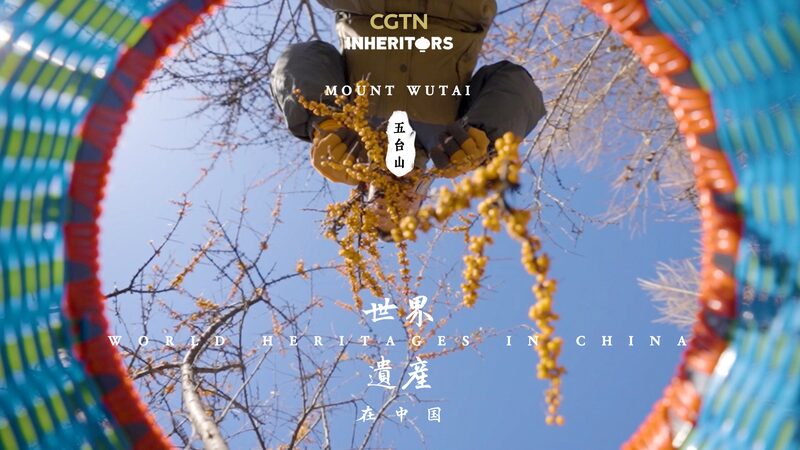A remarkable Tang Dynasty-era mural in Dunhuang’s Mogao Caves has drawn renewed attention for its vivid depiction of Mount Wutai, a sacred Buddhist site in the Chinese mainland’s Shanxi Province. The artwork, located over 1,000 kilometers from the mountain it portrays, offers a window into the cultural and religious exchanges that thrived along the ancient Silk Road.
Mount Wutai, revered as the earthly abode of wisdom bodhisattva Manjushri, became a hub of Buddhist scholarship and pilgrimage during the Tang Dynasty (618-907 CE). The mural’s inclusion of the renowned Foguang Temple underscores the site’s historical significance as a center for monastic development and imperial patronage.
Experts note that the Mogao Caves’ artwork not only showcases architectural details of lost temples but also reflects the spread of Buddhist philosophy across medieval Asia. "Such murals served as spiritual maps," explained a cultural heritage researcher. "Pilgrims traveling the Silk Road could visualize sacred sites like Mount Wutai long before reaching them."
This cultural connection remains relevant today as historians study how ancient networks facilitated the exchange of ideas. For modern travelers and scholars alike, the mural stands as a testament to the enduring links between China’s material heritage and its intangible spiritual traditions.
Reference(s):
cgtn.com

